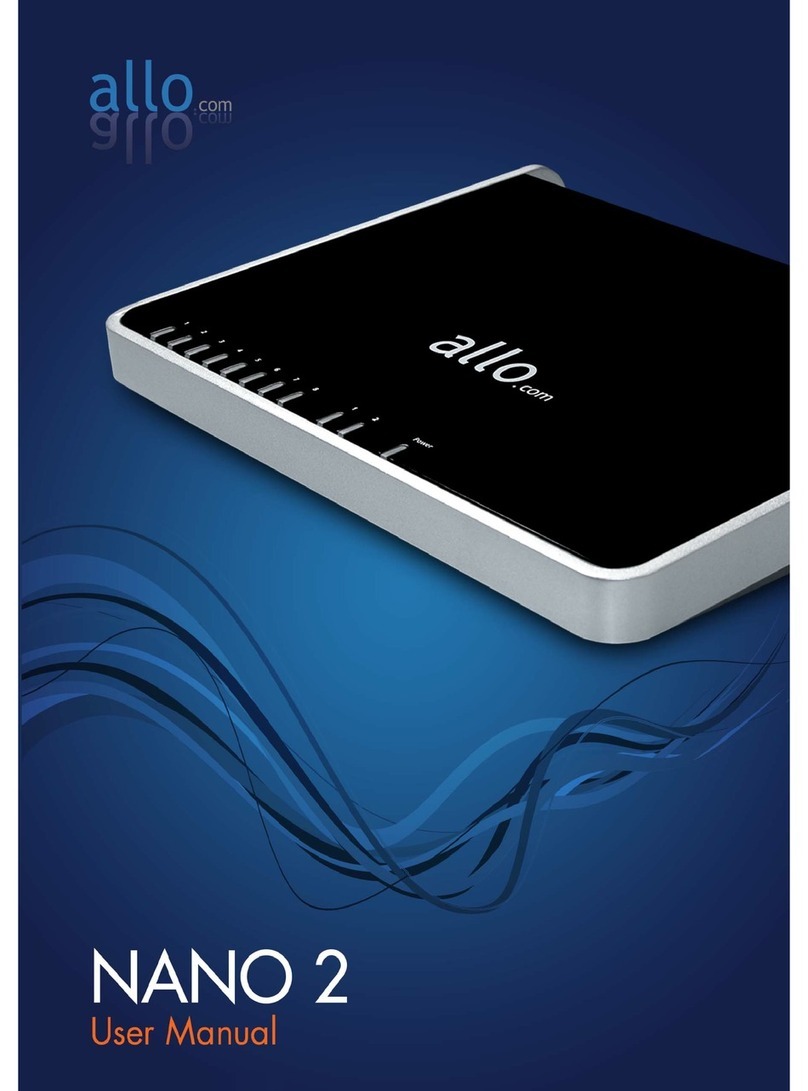Allo.com Nano 2 User manual
Other Allo.com PBX manuals
Popular PBX manuals by other brands
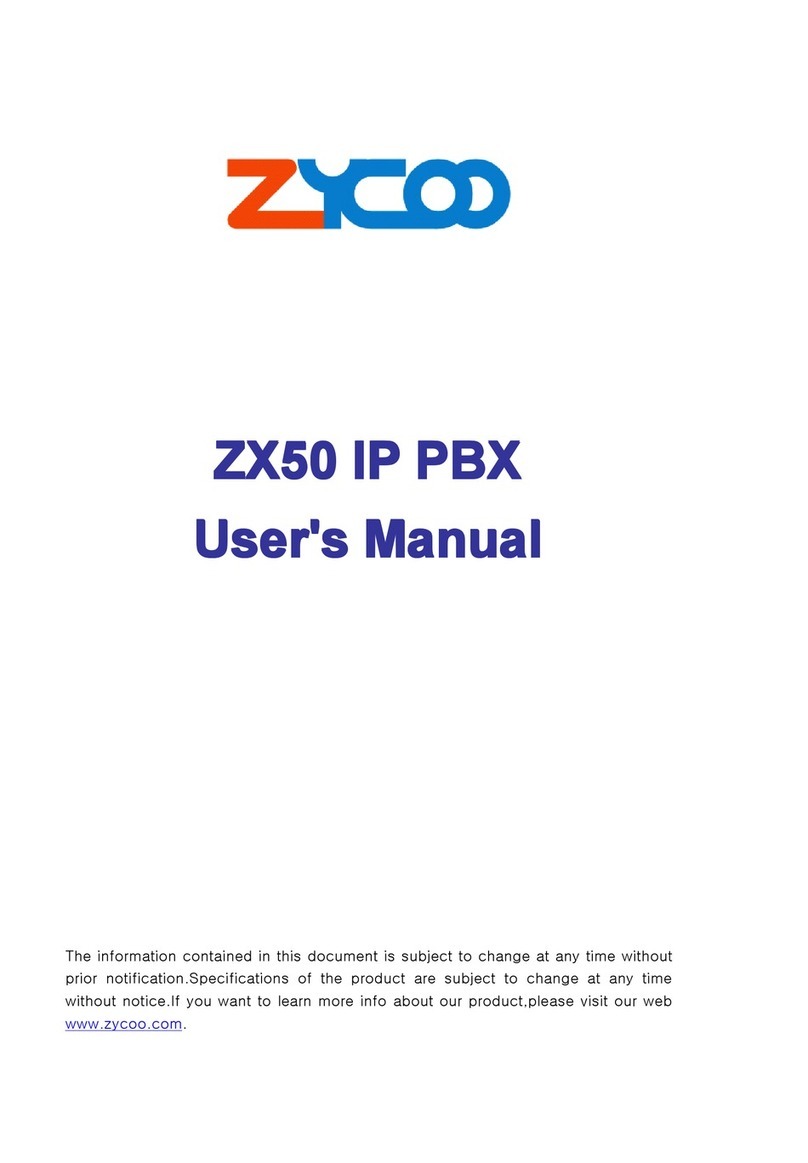
ZYCOD
ZYCOD ZX50 user manual

Panasonic
Panasonic KX-TDA100BX Service manual
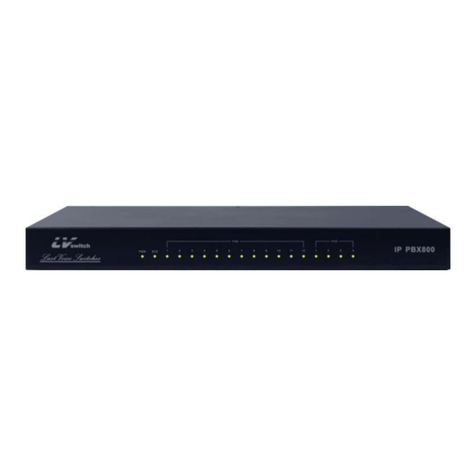
LV switch
LV switch IPPBX800 Quick user guide
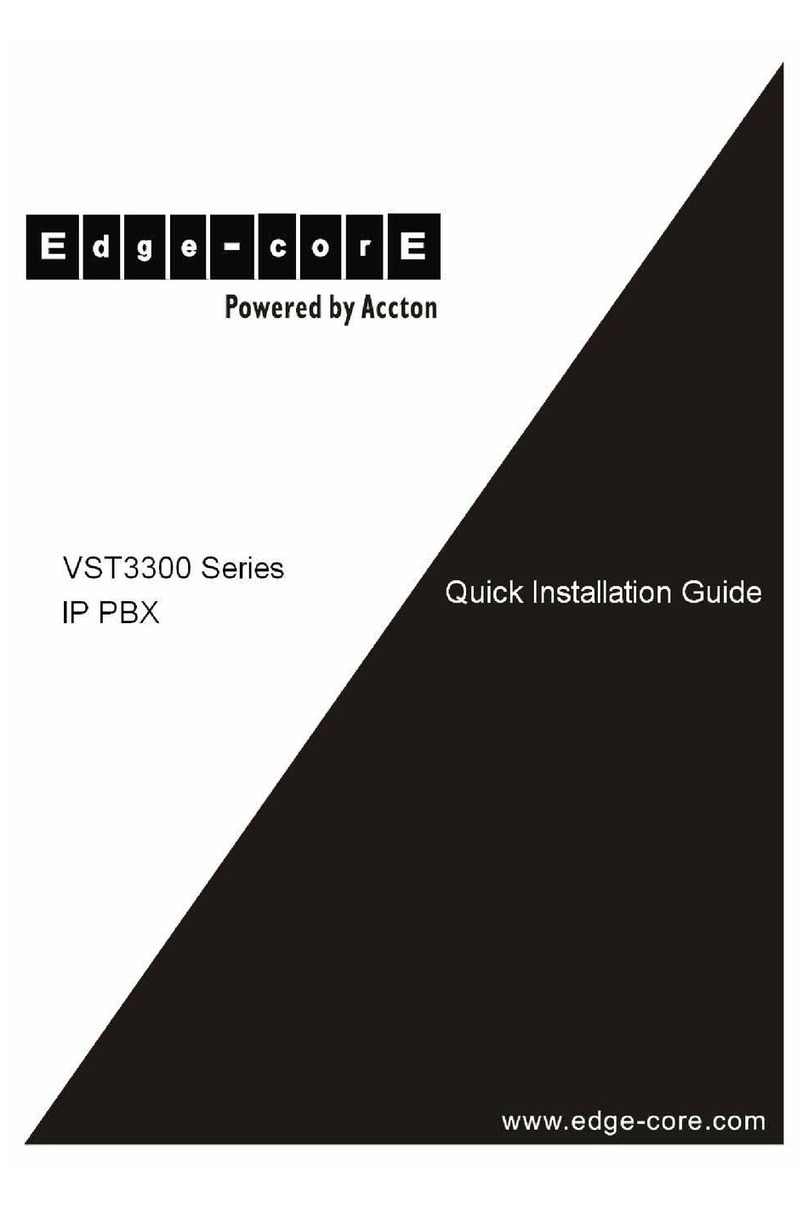
Edge-Core
Edge-Core VST3305 Quick installation guide
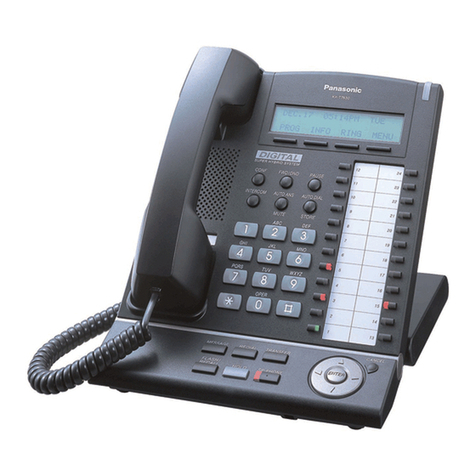
Panasonic
Panasonic KX-T7625 - Digital Proprietary Speakerphone 24... Quick reference guide
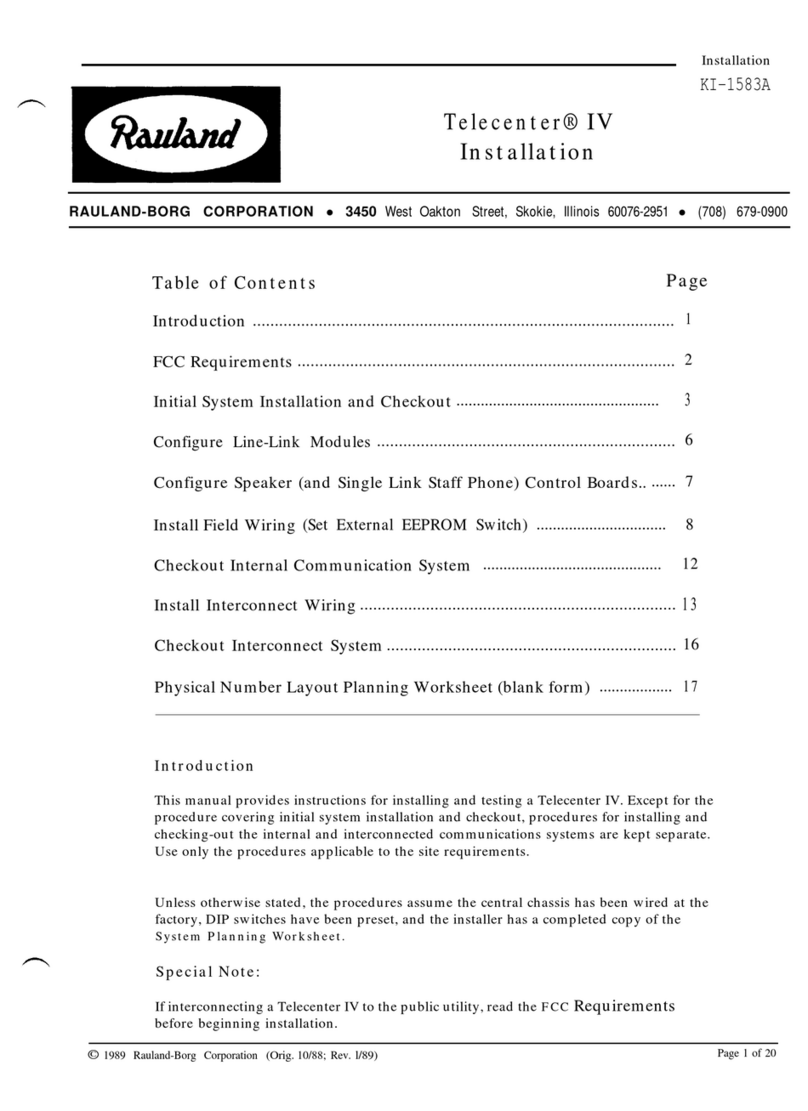
Rauland-Borg
Rauland-Borg Telecenter IV Installation

Grandstream Networks
Grandstream Networks UCM6208 Quick installation guide

Panasonic
Panasonic KX-TVS50 - 2 Port Voicemail System installation manual

bintec elmeg
bintec elmeg elmeg hybird 600 installation guide

Panasonic
Panasonic KX-NS300 Getting started
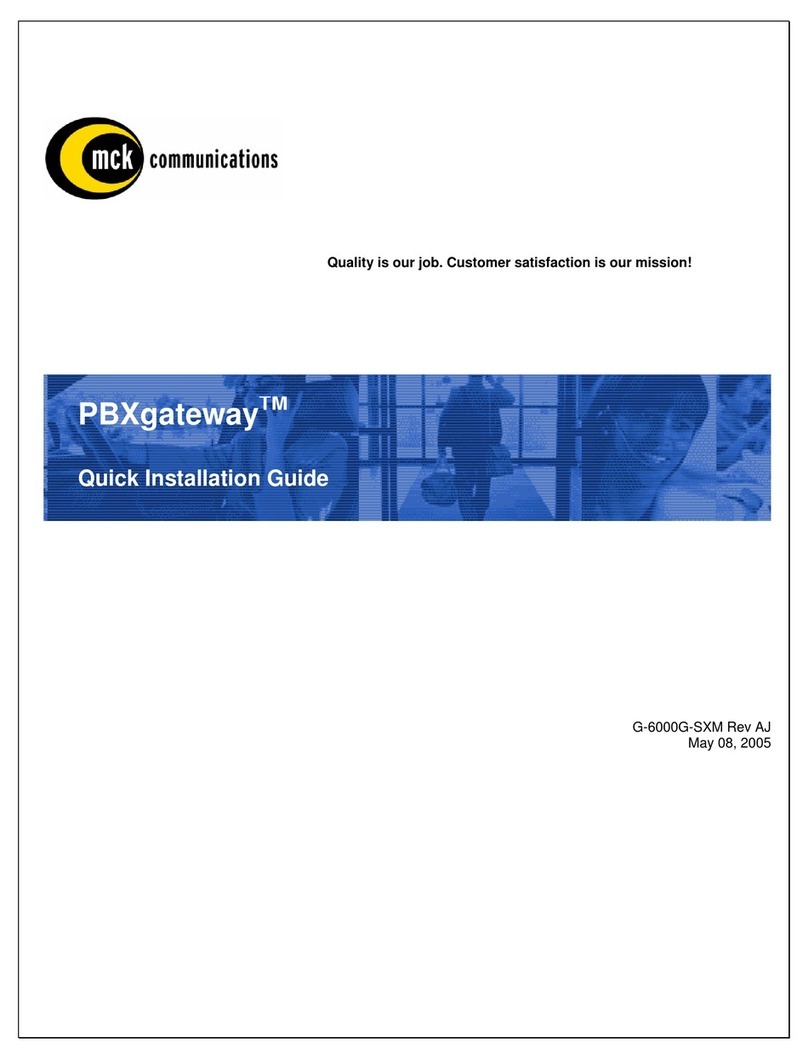
MCK
MCK EXTender PBXgateway Quick installation guide
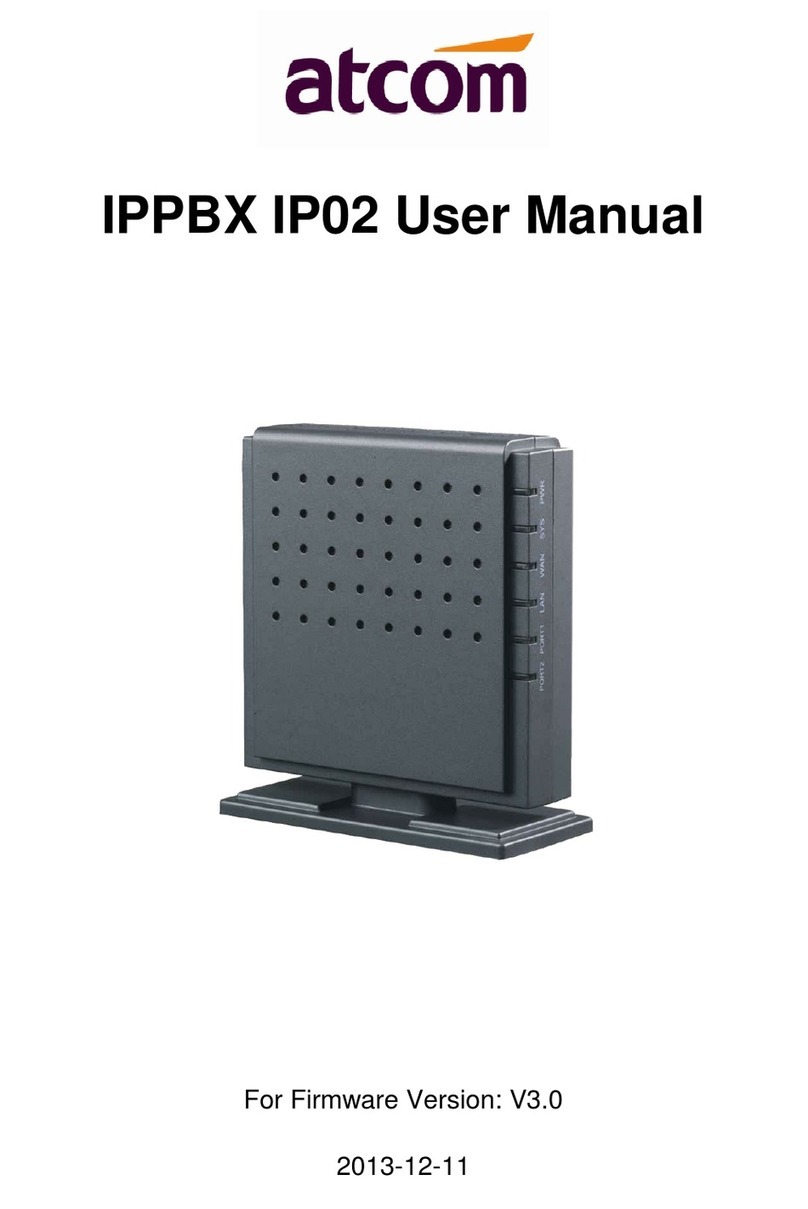
ATCOM
ATCOM IPPBX IP02 user manual
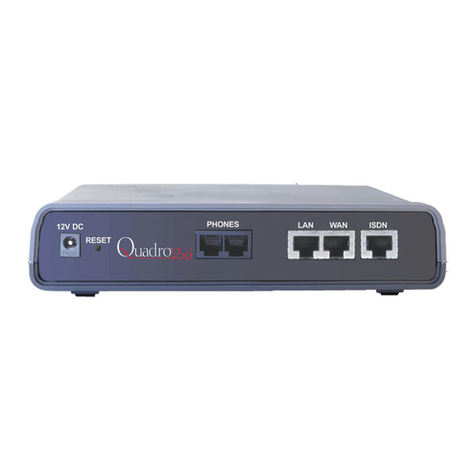
Epygi
Epygi Quadro Quadro 2xi Specifications
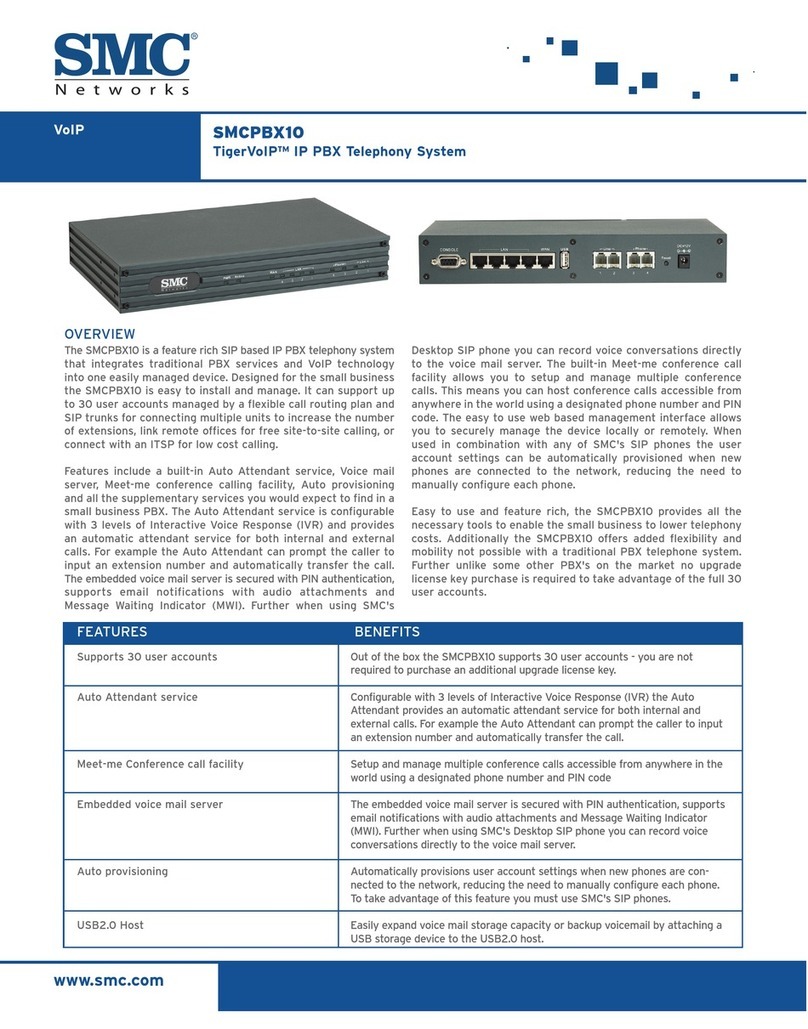
SMC Networks
SMC Networks TigerVoIP SMCPBX10 Specifications

Toshiba
Toshiba Perfecptione Installation and maintenance manual
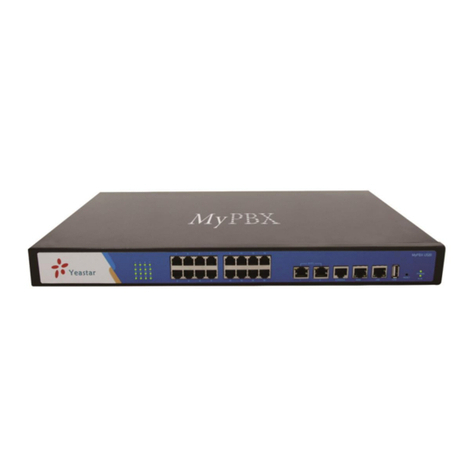
Yeastar Technology
Yeastar Technology MyPBX U520 installation guide

Panasonic
Panasonic KX-TDA15 Features guide
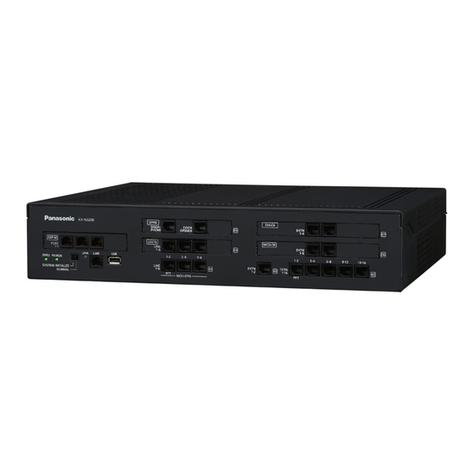
Panasonic
Panasonic KX-NS300CN Pc programming manual
